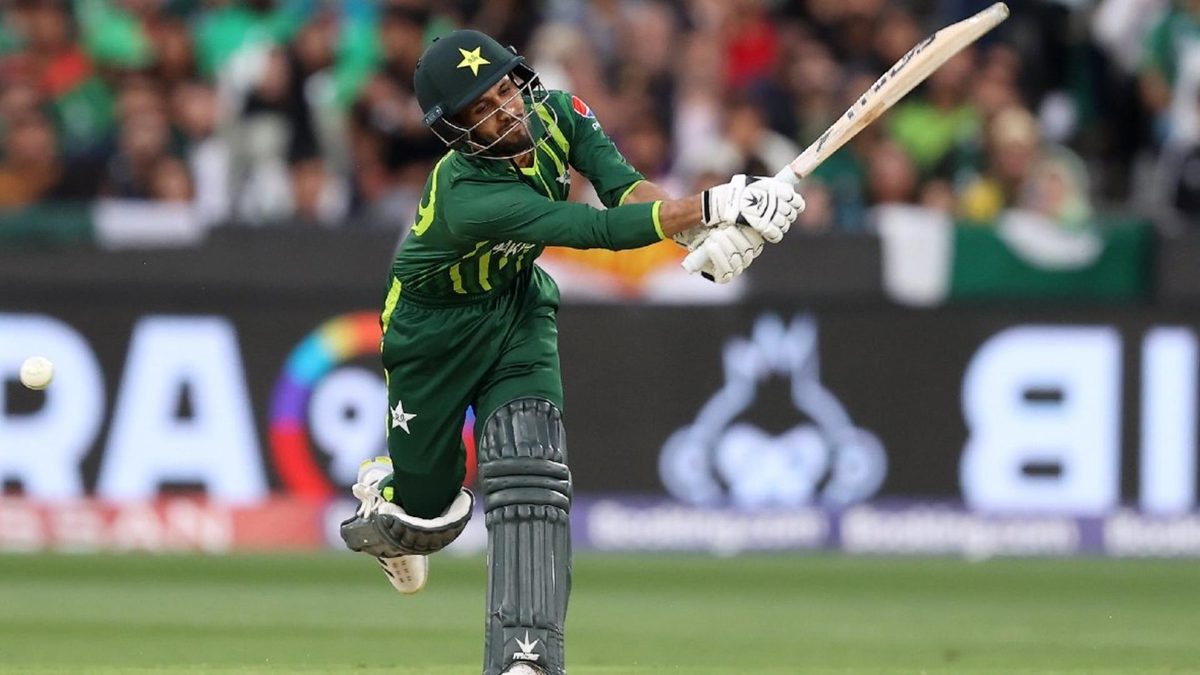
Pakistan have recalled Mohammad Haris to their squad for the ODIs against New Zealand, but are yet to properly figure out how to make the best use of his obvious potential.
Haris had made it to the squad for the 2020 Under-19 World Cup, but COVID-19 pushed cricket to the background soon after. Once things resumed, Haris found himself too old for Under-19 cricket and too inexperienced for anything else.
He had to start afresh, from the Khyber Pakhtunkhwa second XI, then to their first XI, and had to wait until the 2021/22 season for any top tier T20 cricket when Peshawar Zalmi signed him up.
He did not get a lot of runs, but he struck at 187 – the second-quickest in the league with a 100-run cut-off, after Tim David. He was following a specific role, for he faced only 18 balls outside the powerplay across five innings.
Unfortunately, with Babar Azam and Mohammad Rizwan at the top, Pakistan were not looking for a powerplay hitter at that point. When Haris got a chance, it was as wicketkeeper when Rizwan sat out against England at Lahore. He made seven runs.
But then, he returned to the squad during the 2022 T20 World Cup, after Fakhar Zaman was ruled out with an injury. Pakistan needed to win both their matches at the 2022 T20 World Cup to make it to the top four.
They were facing a South African attack of Kagiso Rabada, Anrich Nortje, Wayne Parnell, and Lungi Ngidi, fresh from destroying a strong Indian line-up. They included Haris straightaway.
Rizwan fell four balls into the match. Haris walked out, ahead of Shan Masood, a bonafide Test match opener, and was hit on the helmet second ball. He recovered to hit Rabada for two sixes and scoop Nortje for a third en route to an 11-ball 28 that kickstarted a Pakistan juggernaut that could be stopped only in the final.
In the next match, against Bangladesh, an 18-ball 31. In the semi-final, he made 30 in 26 balls – but he came out in the 13th over when Pakistan needed just over a run a ball.
Despite his failure in the final, it seemed Haris had made a case as a No.3. His 2023 PSL form (350 runs at a strike rate of 186) strengthened his case. In fact, with a 100-run cut-off, he has the best strike rate (186) in PSL history, well clear of Umaid Asif’s 161, the next-best for a Pakistani.
Yet, he was left out after an ordinary series against Afghanistan in the UAE (22 runs from 23 balls across three innings). There was no Shan anymore, but against New Zealand, Pakistan preferred Fakhar who, to be fair, made 429 runs at 161 in the recent PSL.
The difference in scoring rates makes curious reading when one looks at the powerplay numbers (Haris struck at 185 at the 2023 PSL, Fakhar at 127). In the middle overs, Fakhar’s strike rate read a whopping 195, very similar to Haris’ 189.
In other words, Fakhar was not as explosive as Haris – by design or otherwise – in the powerplay. But with the field spread out, the two were comparably dangerous.
With Babar and Rizwan at the top, Pakistan probably did not consider Haris’ powerplay-biffing important enough to counter Fakhar’s experience for the New Zealand series.
As things turned out, Fakhar made 47, 0, and 17 before Haris replaced him for the decider and fell trying to ramp the first ball he faced.
The selectors have now picked Haris for the ODIs against New Zealand. If his List A strike rate of 106 sounds promising, the average (30.42) is below par, and his three ODI innings amounted to 6, 0, and 4.
Selection for one format based on another have gone wrong in the past. One can hope this one comes off for Mohammad Haris.








